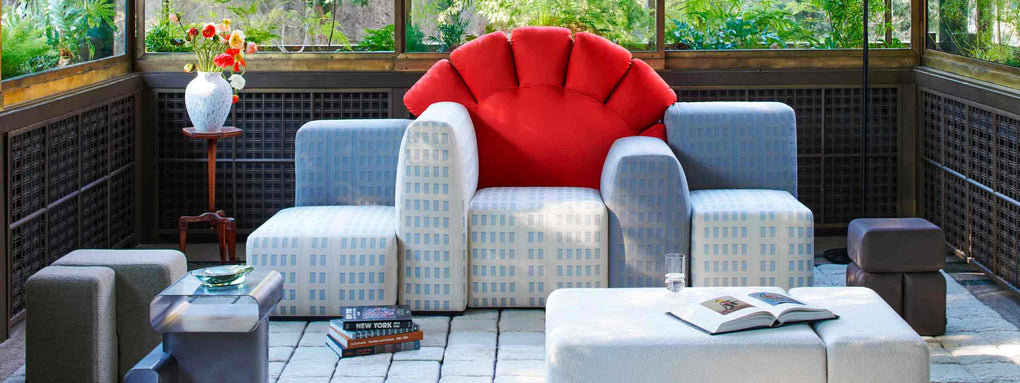Everyday Things
The MAG - 01.23

There is a very special museum in Istanbul, The Museum of Innocence, which houses an array of things from knick-knacks to ashtrays, cigarette butts to notebooks, combs to clothespins and worn-out lipsticks that belonged to Fusun. Fusun was the woman Turkish Nobel laureate Orhan Pamuk was in love with, and he dedicated this museum and the novel The Museum of Innocence to her, where of each object he traces the history, highlighting its context, date and occasion.

These are not precious things, but traces that, like mile markers, indicate the path, not of a journey, but of an ordinary daily life and that mark the passing of time. Numerous writers have recounted the things of their daily lives, beginning with Georges Perec, who in his famous novel Life: A User’s Manual, provides room by room a very detailed, borderline maniacal, description, even dwelling on the number of petals on a rose arranged on a bedside table next to a bed.

Without literary presumptions, I would like to dwell on a category of objects, often superfluous, often useless, and which are numerous in our homes. They are referred to as furnishing accessories and, during recent times, have also known periods of oblivion, ousted from wall units.
Furnishing accessories, due also to our forces anti-COVID seclusion, are back in vogue. There are reissues of desks, bar cabinets, secretaires, trolleys, small tables with wheels next to the sofa, like Franco Albini’s Cicognino for Cassina, display cabinets, buffets, sideboards, ottomans, and cushions deemed disreputable on linear island sofas with ergonomic backrests.
Cassina broadens its spectrum, thanks to its collaboration with the historic Ginori brand, and also offers a ceramic table collection with graphic designs by Formafantasma, made by skilled Ginori artisans.

And who knows, maybe sewing cabinets, equipped with special spaces that hold necessities for embroidery and sewing, currently stored helter skelter in cookie tins, might also make a comeback.
There are already signs that designers are paying attention to these “helpful” objects. For her grandmother, Francesca Lanzavecchia invented an object that consisted of a sort of cane with a round hand and attached to a tripod by a tripod table on wheels, which functioned as a tray to carry two coffees. And her other design, also with the function of a cane, equipped with three legs with wheels and a round container designed to accommodate balls of yarn and knitting needles.





